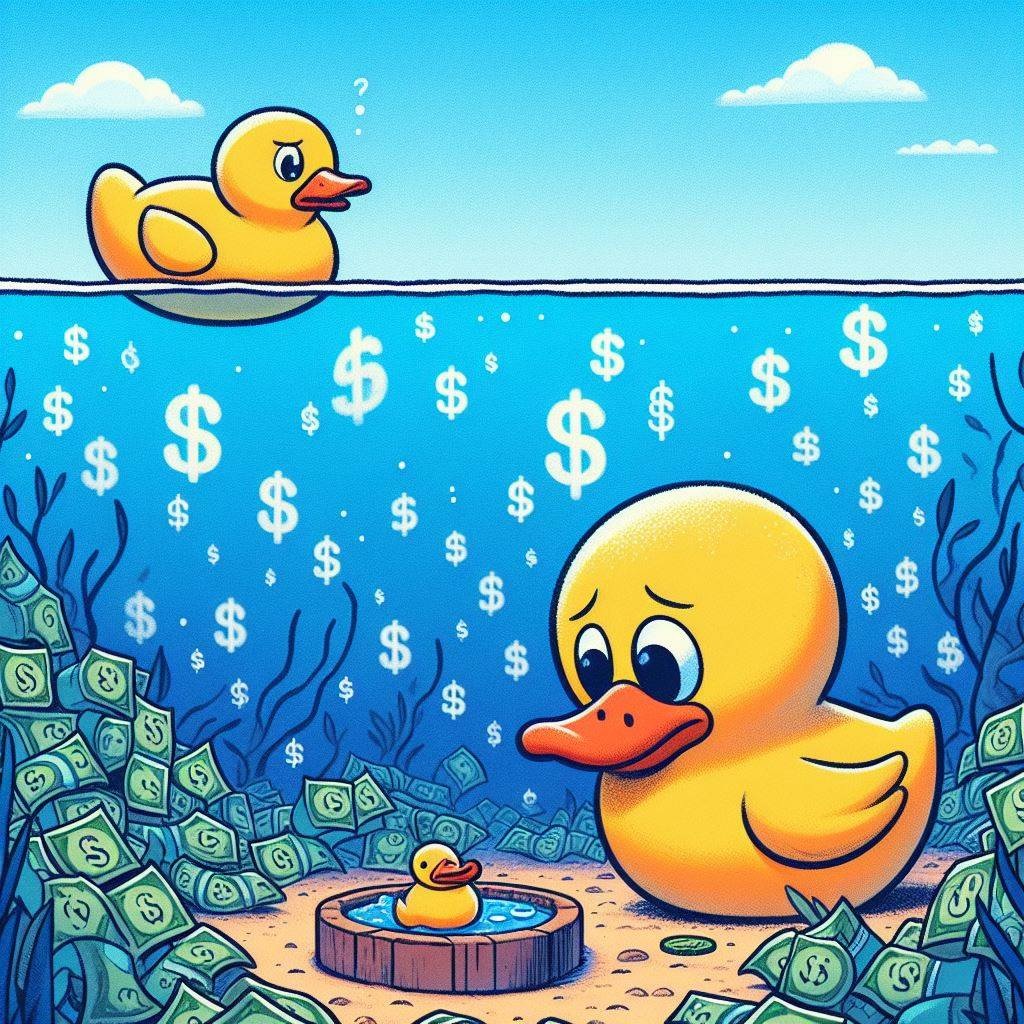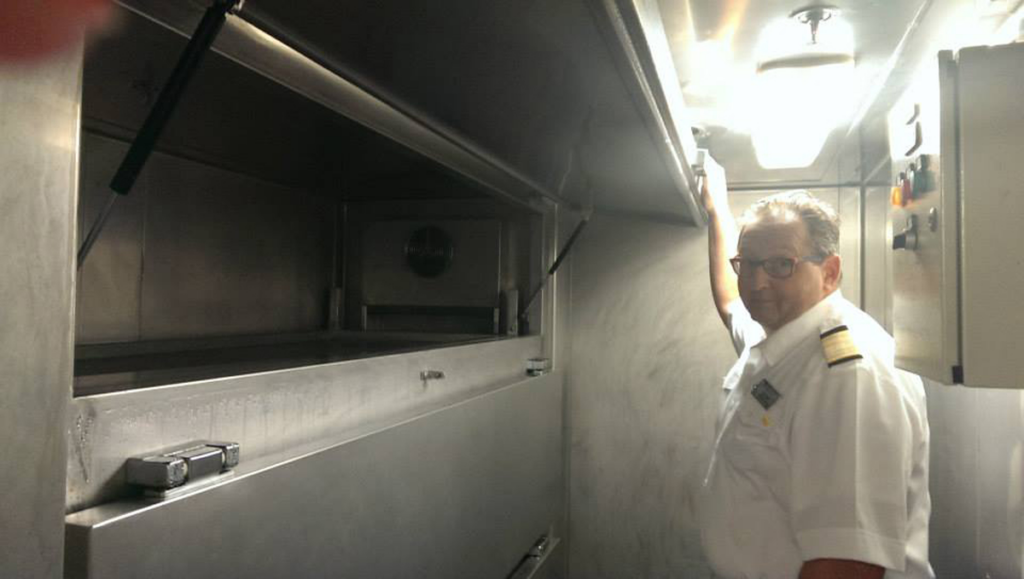EDITOR’S NOTE: I’m on an annual blogging vacation for the last two weeks of the year. To make sure you still have content, some of the smartest members of the community have stepped up with guest posts in my absence. Special thanks to today’s anonymous author, who candidly shares his story on the dark side of credit card churning for writing this post. I’ll see you on January 1!
Opening a credit card a few days after I turned 18 was one of the stupidest financial decisions I’ve ever made in my entire life. (Partly because my dad saw it and took away the credit card he had given me – but that’s not the story I’m here to tell today.)
In December 2017, I opened the Discover IT card. The sign-up bonus was only $50, but it was also still eligible to be included in the first year double cash-back match promotion. In Q1 2018, the card’s 5% category was gas stations. I was in college and got my first taste of manufactured spend (MS) by doing midnight cigarette runs to get 10% cash back.
The problems started with Discover’s generous offer of 12 months at 0% APR. I began to spend money I didn’t have with only vague plans how I could pay it back. I would never borrow money from a friend or relative like that, but somehow to borrow from the bank didn’t feel like I owed anything to anyone, and nobody knew about it either.
I also had some friends in the credit card game that were making decent money, which to me seemed like an easy route out of my own credit card debt. Six months after opening my first card, I applied for the Citi AAdvantage Platinum Select. It was declined. I begged reconsideration, hand wrote letters describing in detail why they should give me the card, but never got an approval.
Discover has a practice of raising your credit limit whenever your card is maxed out for several months in a row, probably because there’s a good chance that they’ll earn 29% APR on your balances. I’m embarrassed to say that in 2019 when my promotional 0% APR ended with Discover, I was accruing big interest charges and I was scraping to make minimum payments.
My great grandfather called his credit cards “The American Thieves” for good reason.
In April 2019, I opened my first American Express card, a Cash Magnet. I hit the $300 sign-up bonus by paying my dad’s car insurance, and I promised myself that I wouldn’t touch the 0% APR offered with the card. Then, I paid off my Discover card, and the joy of making that final payment to clear my Discover balance is indescribable to someone who’s never been in credit card debt. Finally, I found a steady manufactured spend (MS) route and began to make a couple hundred dollars a month from 1.5% cash back opportunities and opened an Ink Preferred with an 80,000 point bonus.
Somehow though, when 2019 ended I owed quite a bit of money to American Express, and unfortunately the credit line was considerably higher than my Discover.
So for the second time, I made the mistake of thinking that more credit cards were the answer to my problem. I opened an Amex Business Platinum with a 100,000 point bonus which was considered high at the time (wow times have changed). All was going well until a Financial Review froze me out of the bonus. I was out of options and ready to drop out of college to go to work and pay it off, but when my dad found out, he bailed me out but with a stern warning to quit the credit card game.
For the next couple of years, I stayed away from credit cards and out of credit card debt. Life is much less stressful that way. Then the Sapphire Preferred 100,000 point bonus came around, and was too tempting to resist. I followed shortly afterward by getting an American Express 150,000 point Business Platinum stacked with employee card offers.
Unfortunately, the Business Platinum had a 0% APR and the debt cycle started again. I did manage to earn a few good bank bonuses with the money floated from the 0% APR offer, but when the year ended I was still short by several thousand dollars. I took a “My Chase Loan” at 8% interest (again times have changed!) I slaved and scrimped to make the payments on that loan.
I again swore to stay away from credit cards, but the Chase Ink 90,000 point offers broke my resolve fairly quickly, and the vicious 0% APR cycle started up again.
In mid-2024, I crossed the line from casual hobby MS’er, to MS as a side job. In Q3 and Q4 I’ve sold over 7 million points and used plenty for travel as well. (I know some readers are laughing at my low volume, and some jaws are dropping.) I can say that I almost definitely would not be in this position today if I hadn’t opened those first cards back in college.
Was it worth it? If I had instead invested all the money I spent on things I couldn’t afford, as well as the money I paid in interest payments, I would be a lot more financially stable than I am today. But would I have worked so hard if it wasn’t to pay off debt? Probably not. I did enjoy my college years by riding on credit card debt. If I had never started with credit cards, chances are that by now I’d have a different side hustle and some more savings. A side effect of manufactured spend is that handling so much money that belongs to the banks but is revolving through your accounts greatly devalues your mental picture of money. I’d probably spend less in everyday life if my side job wasn’t manufactured spending.
In short, I got started with credit cards very early on in life and quickly fell into the 0% APR trap, resulting in many financially irresponsible decisions. I now make a solid profit each month off my credit cards. Was it worth it? I would say not. You can’t turn back the clock though. I hope my taking the time to write this posts saves at least one person from making the same mistakes I made.
– anonymous churner

Sometimes the churning cup of sunshine and rainbows leaks.



